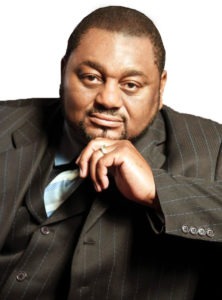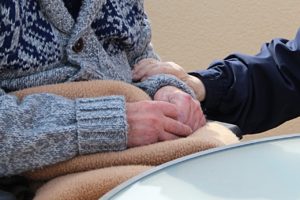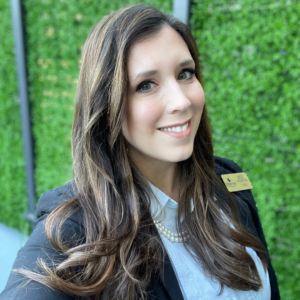What we now know about long-term care
I started my career as an activity professional in 1984 for a continuing care retirement community (CCRC). The health center was boarding home licensed and was state of the art at the time. We led reality orientation classes every morning to help our residents know basic information like what day it was, what time it was, what season it was and who they were. We didn’t know any better. We thought we were really doing what was best for them. We believed if we told them enough times, they would remember. We now know better.
 It is pretty amazing I chose a career in long-term care because my early experiences with older adults were not all positive. All of my grandparents passed away before I was 5 years old, so memories are quite few. As a Camp Fire Girl in elementary school, I volunteered at a local nursing home to earn beads. I was not given any training of how to interact with the residents and was not educated on what to expect during my visit. This was before the Omnibus Budget Reconciliation Act of 1987, so there was a terrible odor, residents were not engaged and, frankly, they looked miserable. I was told wheelchairs were tethered to the wall to keep them secure. I am not sure where anyone was going to go because the residents were strapped into their wheelchairs as well. Thank goodness we now know better.
It is pretty amazing I chose a career in long-term care because my early experiences with older adults were not all positive. All of my grandparents passed away before I was 5 years old, so memories are quite few. As a Camp Fire Girl in elementary school, I volunteered at a local nursing home to earn beads. I was not given any training of how to interact with the residents and was not educated on what to expect during my visit. This was before the Omnibus Budget Reconciliation Act of 1987, so there was a terrible odor, residents were not engaged and, frankly, they looked miserable. I was told wheelchairs were tethered to the wall to keep them secure. I am not sure where anyone was going to go because the residents were strapped into their wheelchairs as well. Thank goodness we now know better.
These days, the words we use also have changed. “Facilities” or “old folks’ homes” are now called “communities.” “Patients” are “residents” or “guests,” and “rooms” are called “apartments.” The “front desk” is called the “concierge.”
Technology is an area that has greatly improved life for seniors in long-term care. Silent call light systems and paperless charting are just two ways we have improved long-term care and saved countless hours because we now know better. Using email and smartphones to communicate between departments helps us stay on top of our residents’ needs and keep families informed.
One wonderful change for us now is that our residents carry smartphones and tablets, too. Before I start a program in my assisted living community, I have to remind residents to turn off their devices, since residents often receive phone calls from their children. Some residents look up information about the program we are talking about. Some are even spouses texting each other.
Today, my life enrichment staff uses an iPad to “mirror” 80 percent of our programs on Apple TV. Our residents love apps like Words with Friends, Chicktionary, Huff Post Good News, TED Talks, YouTube, Chain of Thought and Google Earth. Today, our seniors are checking their email on their own personal devices and initiating independent activities such as games of Bridge and Sudoku. They are keeping in touch with family members using texts and even video chats on Skype.
I have seen many changes in my more than 32 years in long-term care. But I also know that many, many more are yet to come. It will be very exciting. The possibilities are endless. We need to see more changes. We need to be the change and work to push change forward. We must continue to perfect the aging process. We must be willing to let go of how we did some things in the past because we now know better how residents’ quality of life can be.
We know today we are providing a better way of life for our seniors than we have in the past, but we need to ensure we are training the next generation continues improving it.
 Susan Rauch is the owner of Island Consulting, Bainbridge Island, Wash., and an activity consultant-board certified through the National Association of Activity Professionals Credentialing Center Board (NAAP-CC) where she serves as the organization’s associate director of operations and credentialing. She can be reached at srislandconsulting@gmail.com.
Susan Rauch is the owner of Island Consulting, Bainbridge Island, Wash., and an activity consultant-board certified through the National Association of Activity Professionals Credentialing Center Board (NAAP-CC) where she serves as the organization’s associate director of operations and credentialing. She can be reached at srislandconsulting@gmail.com.
I Advance Senior Care is the industry-leading source for practical, in-depth, business-building, and resident care information for owners, executives, administrators, and directors of nursing at assisted living communities, skilled nursing facilities, post-acute facilities, and continuing care retirement communities. The I Advance Senior Care editorial team and industry experts provide market analysis, strategic direction, policy commentary, clinical best-practices, business management, and technology breakthroughs.
I Advance Senior Care is part of the Institute for the Advancement of Senior Care and published by Plain-English Health Care.
Related Articles
Topics: Activities , Articles , Leadership , Resident Care











